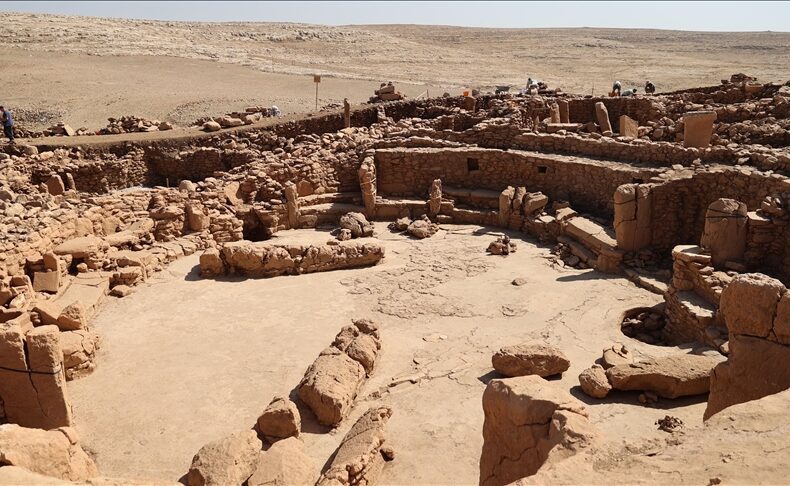
Karahantepe Offers Clues That Göbeklitepe Was More Than a Ritual Site
New excavations at Karahantepe, one of the key sites of the Taş Tepeler Project in southeastern Türkiye, are reshaping how archaeologists interpret the world’s earliest monumental centers.
According to excavation director Prof. Dr. Necmi Karul, the newly uncovered structures suggest that these places were not only used for rituals but also formed part of organized Neolithic settlements where daily life and communal activities coexisted.
A Vast Neolithic Settlement Spanning 14 Hectares
Excavations over the past six years have revealed that Karahantepe extends across an area of approximately 14 hectares.
Prof. Karul notes that nearly a quarter of this space consists of quarries where the characteristic T-shaped pillars were carved, while the remaining area points to one of the largest known Neolithic settlements in Anatolia.
Dozens of structures have been unearthed so far — some small domestic huts, others large communal buildings that likely served collective functions.
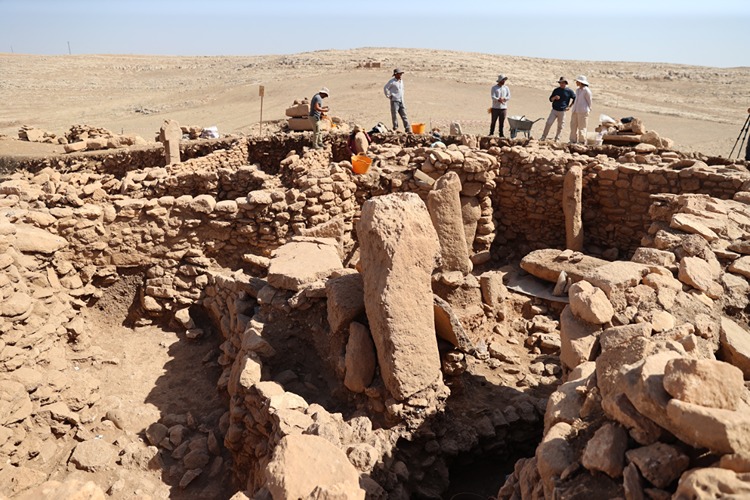
Reframing the Göbeklitepe Debate
The spatial layout observed at Karahantepe sheds new light on a question long debated about Göbeklitepe:
“Were these places gathering spots or sacred temples?”
Prof. Karul emphasizes this connection directly:
📣 Our WhatsApp channel is now LIVE! Stay up-to-date with the latest news and updates, just click here to follow us on WhatsApp and never miss a thing!!
“These structures teach us many things, but most importantly, they address the question debated at Göbeklitepe — whether these were gathering places or ritual centers.
Karahantepe has provided crucial insights on this matter. The coexistence of domestic buildings and communal structures shows that these were indeed living environments.”
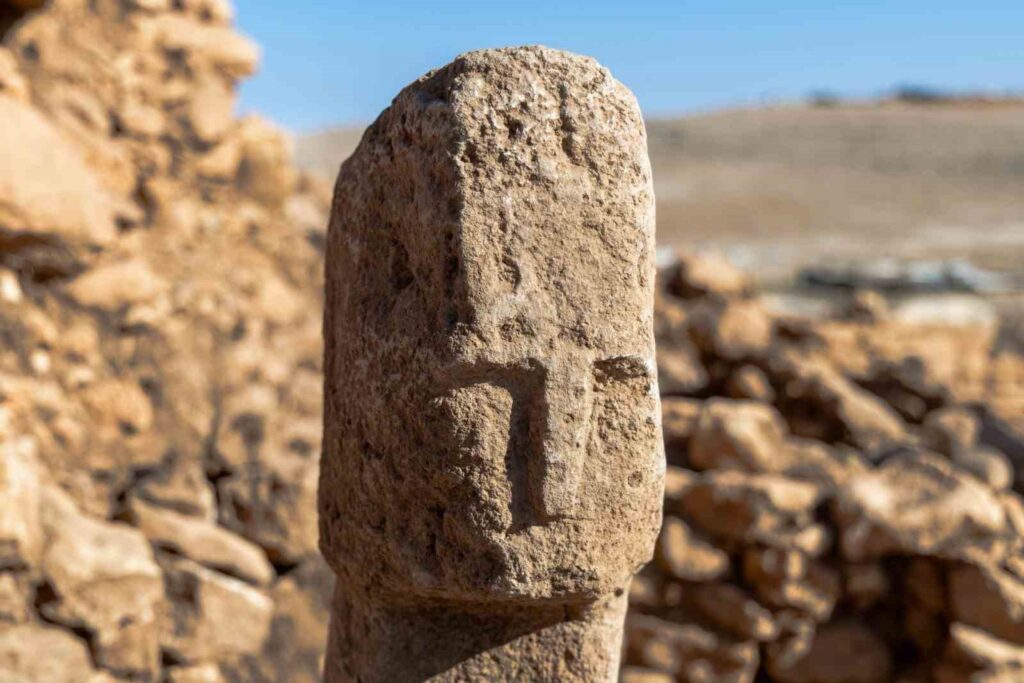
These findings strengthen the idea that Göbeklitepe was not merely a ceremonial complex, but part of a broader cultural landscape where Neolithic people combined habitation with ritual practice.
One of Karahantepe’s most striking discoveries is a 28-meter-wide central structure, used for several centuries.
Radiocarbon analyses date the site back to 9400 BCE, placing it firmly within the same cultural horizon as Göbeklitepe and offering a tangible view of early communal life.
Traces of a Transition: From Hunting to Production
Artifacts recovered at the site — including flint tools, animal bones, and ground stone implements — reflect a major technological and economic transformation.
In the earlier phases, hunting played a dominant role in subsistence, while later levels reveal tools designed for woodworking, spatial organization, and food preparation.
Last year’s analyses even provided evidence for early cereal cultivation and the production of primitive bread, underscoring Karahantepe’s role as a place where subsistence and spirituality evolved side by side.
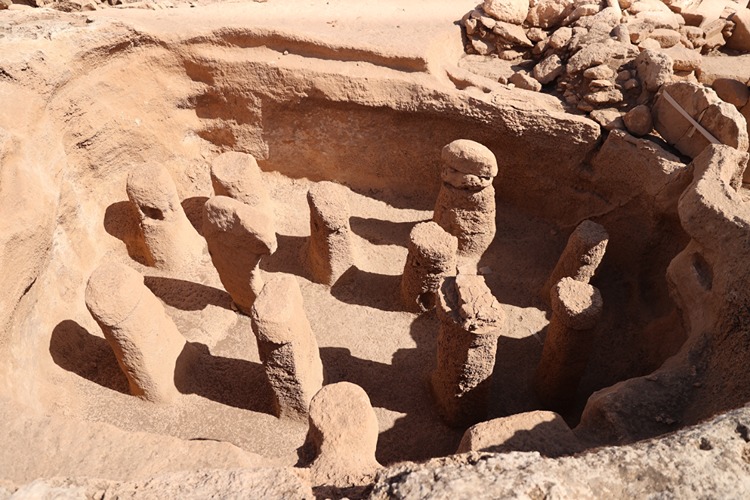
A New Perspective on the Neolithic Mind
The evidence from Karahantepe highlights a complex Neolithic worldview — one in which the sacred and the everyday were architecturally and socially intertwined.
It redefines the Taş Tepeler region not merely as the birthplace of monumental ritual architecture, but as the landscape where the first experiments in community, symbolism, and domestic life converged.
Cover Image: Eşber Ayaydın/AA
You may also like
- A 1700-year-old statue of Pan unearthed during the excavations at Polyeuktos in İstanbul
- The granary was found in the ancient city of Sebaste, founded by the first Roman emperor Augustus
- Donalar Kale Kapı Rock Tomb or Donalar Rock Tomb
- Theater emerges as works continue in ancient city of Perinthos
- Urartian King Argishti’s bronze shield revealed the name of an unknown country
- The religious center of Lycia, the ancient city of Letoon
- Who were the Luwians?
- A new study brings a fresh perspective on the Anatolian origin of the Indo-European languages
- Perhaps the oldest thermal treatment center in the world, which has been in continuous use for 2000 years -Basilica Therma Roman Bath or King’s Daughter-
- The largest synagogue of the ancient world, located in the ancient city of Sardis, is being restored

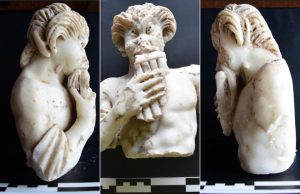
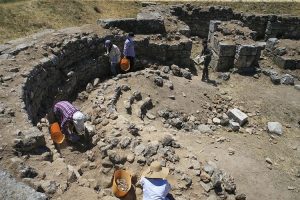
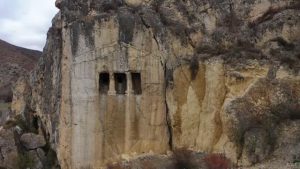
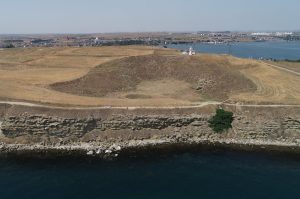
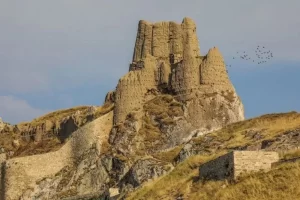
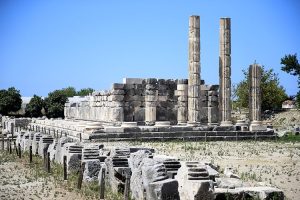


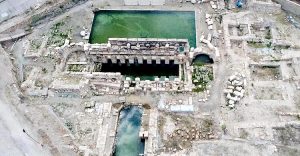
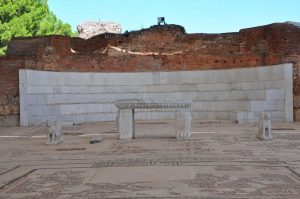
Leave a Reply